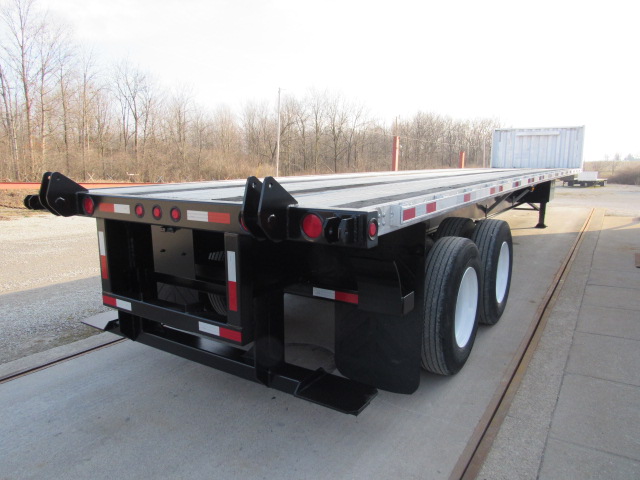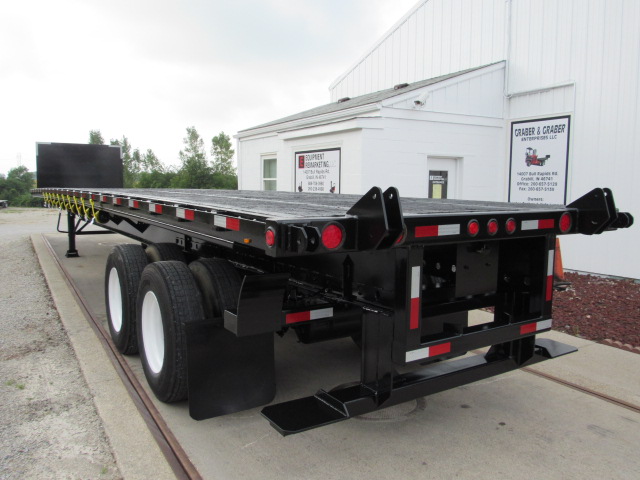Cleaning a forklift keeps it running effectively and will make the machine last longer. And it could save you money down the road. But if not done properly, you could risk damaging your machine.
Fortunately, washing your forklift doesn’t require any special expertise. Follow the information below to ensure that your machine is performing as it should and is safe for your crew to operate.
Why Clean a Forklift?
Outdoor forklifts get exposed to dirt and mud. And indoor forklifts accumulate dust and debris. And all forklifts will have the occasional buildup of oil or grease.
Cleaning your forklift on a regular basis is a great way to prolong its life. It helps prevent rust and corrosion.
It also helps the machine operate more reliably and efficiently. This saves money and increases safety for operators.
Like other equipment, the more often you clean your forklift, the easier it will be to do so. Built-up mud or grime can be much more of a hassle to eliminate.
How to Clean a Forklift
Start by removing visible dirt and grime using a broom and hand brush. Work from the top to bottom, so that loose debris doesn’t fall onto surfaces you’ve already cleaned. Smaller brushes can help you get into crevices and cracks.
Note that mud and dirt can accumulate around the chassis. Pay particular attention to this area. Buildup can affect the stability and maneuverability of the forklift, and even make it unsafe to operate.
Next, use a pressure washer on the surfaces of the forklift. This allows you to remove any dirt or mud that has become caked onto the machine. Hot water is especially effective at breaking up oil, grease, and other substances.
Be sure to let the machine dry before using it again. While forklifts are sturdy, and most external parts resistant to moisture, water could damage the motor or other parts of the machine. Making sure it is completely dry will eliminate this risk.
You can use compressed air to dry the equipment, but a large cloth may suffice as well. Leaving the forklift out in the sun for a few hours is an easy way to dry it. And this will ensure that every surface is completely free of moisture.
Final Considerations
It is alright to use soap during these processes, but be mindful of any chemicals that your forklift may have come into contact with. Liquid soap can react with certain chemicals and cause damage to the forklift and be dangerous for workers.
For this reason, you may want to go with an environmentally friendly soap. These have fewer or no chemicals and are less likely to react with any synthetic materials on your forklift.
If you are operating an electric forklift or are otherwise concerned about the potential damage water could cause, you might opt for compressed air for forklift cleaning. Be sure to purchase a device that is strong enough for your needs. Doing so will be comparable to pressure washing, without the risk of water damage.
Whenever you’re cleaning your forklift, always be sure to wear protective gear. This can include, at the minimum, goggles, boots, and gloves.
It’s also a good idea to keep your forklift on a maintenance schedule. Just like changing the oil, inspecting brake pads, or checking fluid levels, adding cleaning to the regimen can ensure the equipment is working properly and safe to use.
Get to Cleaning!
Now that you have a sense of the very simple steps it takes to keep your forklift clean, you can gather the supplies and get your equipment back into shape. Some simple maintenance on these machines can help them operate more efficiently and keep them running for years longer.
Be sure to check out our site for more forklift maintenance tips. Our service team also can answer any questions about forklift functionality and provide you with guidance on the best machines for your business.





